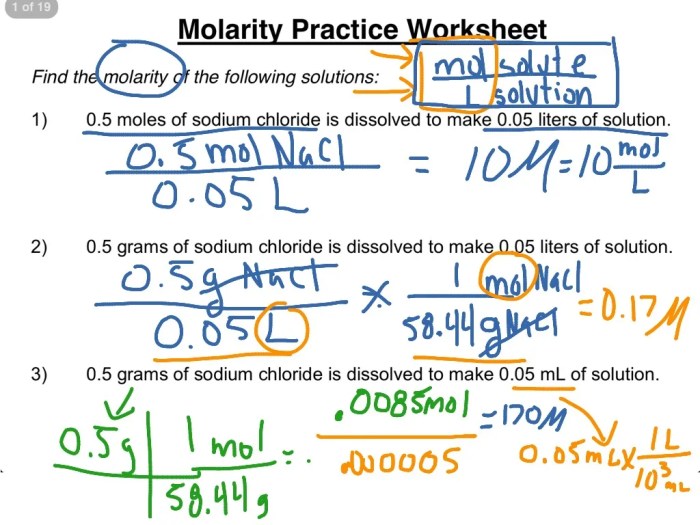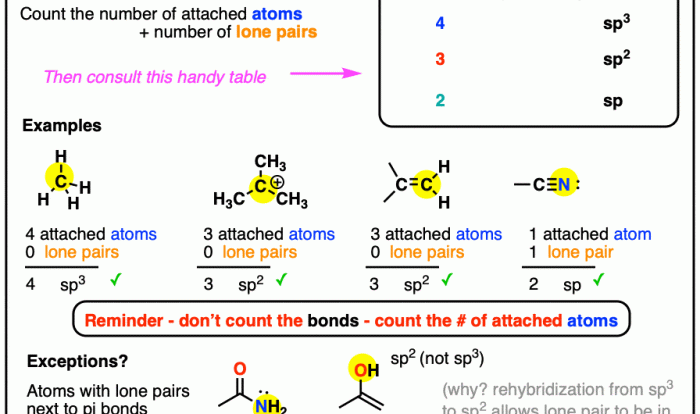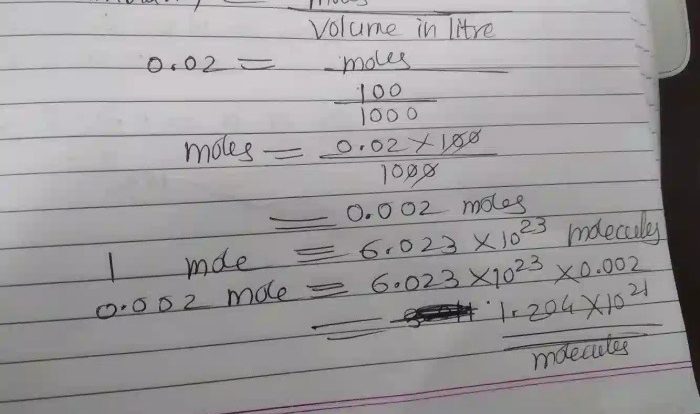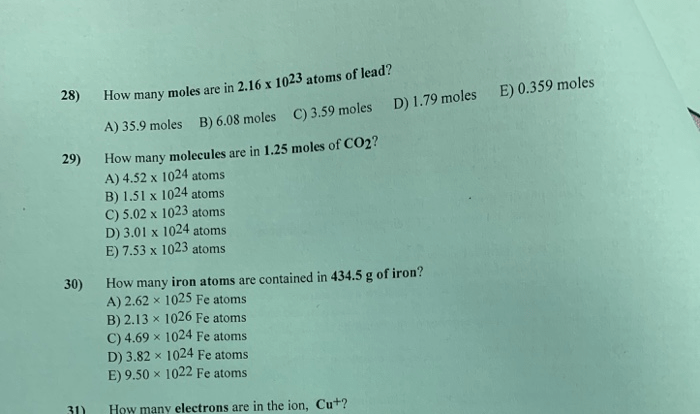Welcome to our comprehensive guide on dilution practice problems worksheet answers. This resource is designed to provide you with a thorough understanding of dilution concepts, problem types, step-by-step procedures, common errors, and practical applications. Whether you’re a student seeking to enhance your problem-solving skills or a professional seeking to refresh your knowledge, this guide has everything you need to master dilution calculations.
As we delve into the intricacies of dilution, you’ll discover the significance of this technique in chemistry and its widespread applications in fields such as medicine, environmental science, and industry. Our goal is to empower you with the knowledge and confidence to tackle any dilution problem that comes your way.
1. Define Dilution Practice Problems

Dilution practice problems involve calculating changes in concentration or volume of a solution when it is diluted with a solvent. Understanding dilution is crucial in chemistry, as it allows scientists to prepare solutions with specific concentrations for various applications.
In real life, dilution is used in a wide range of fields, including medicine (preparing drug solutions), environmental science (analyzing water samples), and industry (producing cleaning solutions and reagents).
2. Types of Dilution Problems
Finding the Final Concentration
Given the initial concentration, initial volume, and volume after dilution, find the final concentration.
Finding the Initial Concentration, Dilution practice problems worksheet answers
Given the final concentration, final volume, and volume after dilution, find the initial concentration.
Finding the Volume
Given the initial concentration, final concentration, and either the initial volume or final volume, find the volume that needs to be added or removed to achieve the desired dilution.
3. Step-by-Step Procedures for Solving Dilution Problems
- Identify the given information (initial concentration, initial volume, final concentration, final volume).
- Set up the dilution equation: CiV i= C fV f
- Solve the equation for the unknown (final concentration, initial concentration, or volume).
4. Common Errors and Pitfalls
- Using the wrong formula or equation.
- Mixing up initial and final values.
- Incorrectly converting units.
- Assuming that the dilution is linear, which may not always be the case for highly concentrated solutions.
5. Examples and Applications: Dilution Practice Problems Worksheet Answers
Example 1: A patient needs a 100 mL solution of 5% glucose. If the available stock solution is 20%, how much water should be added to prepare the desired solution?
Example 2: An environmental scientist has a 1000 ppm solution of a pollutant. To analyze the sample, she needs a 100 ppm solution. How much water should be added to achieve this dilution?
6. Practice Problems with Answers
Problem 1:A laboratory has a 1 M solution of NaCl. How many milliliters of water should be added to 25 mL of this solution to obtain a 0.5 M solution?
Answer:25 mL
Problem 2:A pharmacist has a 10 mg/mL solution of a medication. How many milliliters of the solution should be added to 50 mL of water to prepare a 5 mg/mL solution?
Answer:25 mL
Answers to Common Questions
What is dilution?
Dilution is the process of reducing the concentration of a solution by adding more solvent.
What are the different types of dilution problems?
There are three main types of dilution problems: finding the final concentration, finding the initial concentration, and finding the volume of a solution.
What is the step-by-step procedure for solving dilution problems?
The step-by-step procedure for solving dilution problems is as follows:
- Identify the given information.
- Set up the dilution equation.
- Solve for the unknown.


